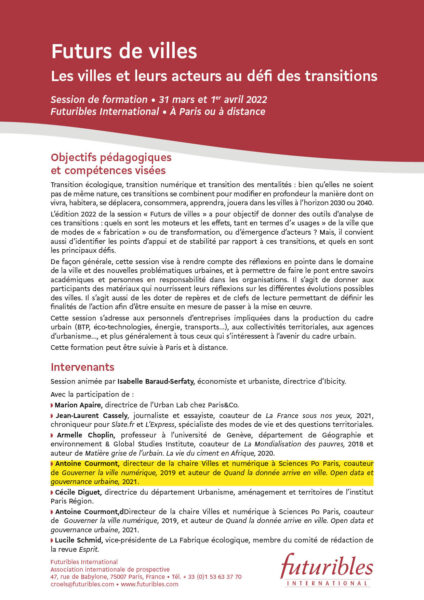Currencies complementary to what is officially legal tender have existed for a long time. Local currencies and, indeed, some local exchange trading systems (LETS) figure among such currencies, making it possible to offset some negative effects of official currencies and meet specific local needs. Nevertheless, the increasing use of ICT, in particular widespread Internet use, has opened up new possibilities for the expansion of complementary currencies and these have effectively gone virtual and become accessible to a large number of potential users. In light of this particular context and developments in recent years (particularly with regard to one of the most emblematic of virtual currencies, namely Bitcoin), what are the future prospects for virtual currencies in general?
In a foresight analysis published by the Futuribles International association, Cécile Désaunay has looked into this question and, in this article, presents the main lessons to be learned. After outlining the main forms of virtual currency that exist today, the aims they serve (which may be political, ethical, environmental etc.) and the motivations of their users, she shows how these currencies are being dealt with in the economic sphere (by major corporations, particularly in the digital sector) and the public sphere (mainly by financial institutions and states). Désaunay goes on to examine the perspectives opened up by the development of virtual currencies and to sketch out a number of scenarios for their potential future development.


